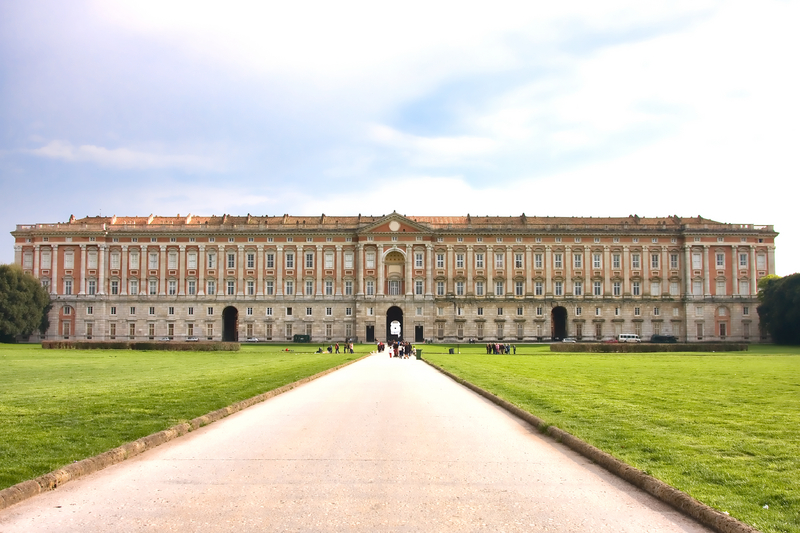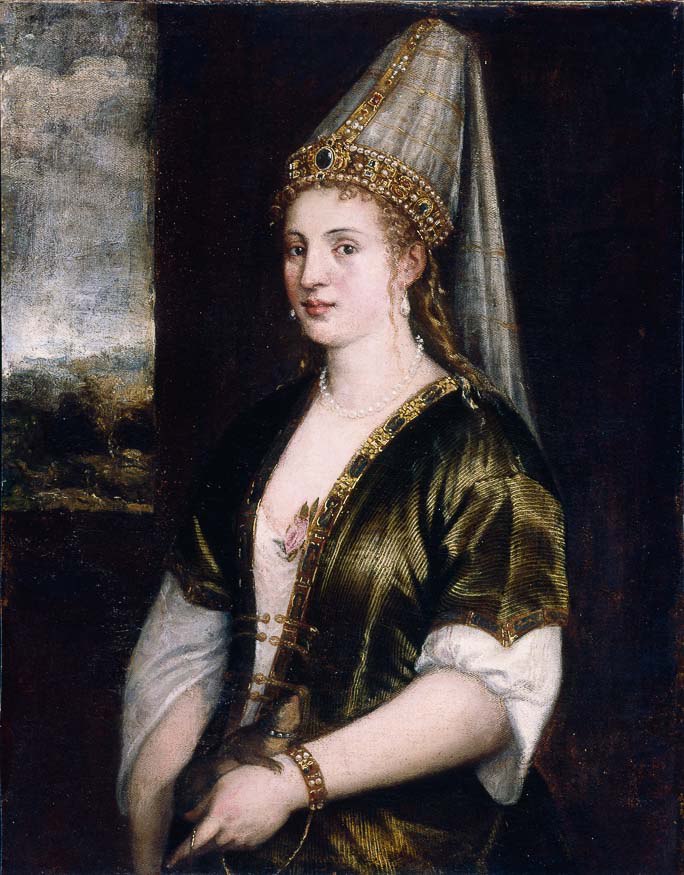King Charles I was greatly devoted to the chivalric mission of the English Order of the Garter, founded by Edward III on Saint George's Day, 1348. Charles I had the Garter Star embroidered on the cloaks of all the knights, as a "testimony to the World." From
The Victoria and Albert:
This form of the Order of the Garter (the highest order of English
knighthood) as a star was introduced by Charles I (ruled 1625-1649) in
1627. It was to be worn by Knights of the Garter 'upon the left part of
their cloaks, coats and riding cassocks, at all times when they shall
not wear their robes, and in all places and assemblies...a testimony to
the World, of the honour they hold...the Order Instituted and Ordained
for persons of the highest honour and greatest worth'. (Read more.)
A pendant of Saint George slaying the dragon was also worn. From
Sotheby's:
By the end of the fifteenth century a collar had been added to the
regalia, possibly as a result of the influence of foreign Orders where a
collar was worn to form a badge. The collar design has changed very
little since its introduction being composed of a series of gold
heraldic knots and roses encircled by the Garter, with a hanging pendant
of St George slaying a dragon, known as the Great George. As for other
British chivalric orders, the collar is worn on ceremonial occasions
and designated Collar Days throughout the year.
Over time the collar came to be regarded as an encumbrance during
ordinary activities and by the early sixteenth century the first
reference can be found to the Lesser George [Lots 24; 28],
an image of St George encircled with the Garter worn as a separate
badge. Lesser Georges were originally hung from a blue ribbon around the
neck so as to be worn upon the breast. But by the late seventeenth
century it had become practice to sling the Lesser George under the
right arm, a contemporary chronicler explaining that this was for
‘conveniency of riding and action’.
The riband was thereafter worn over the left shoulder and under the right arm as a wide sash [Lot 26]. The Lesser George and riband are now worn on all formal occasions when the collar is not used, as is the Garter Star [Lots 25; 29]
which originated in 1626 as a more informal item of regalia required to
be worn by Knights Companions whenever they were not wearing their
robes. (Read more.)
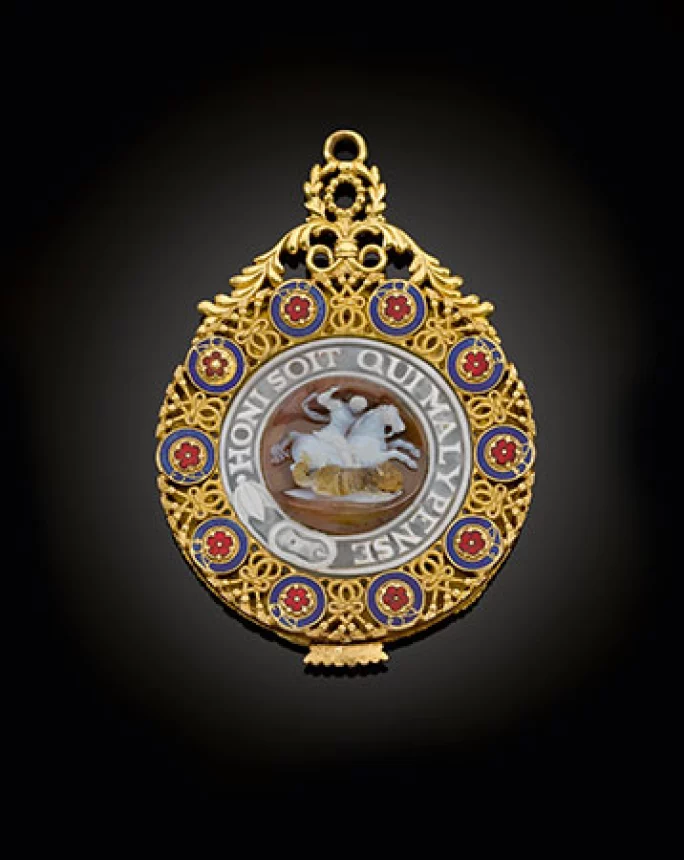
From the Royal Collection Trust:
A length of blue silk attached to a book in the Royal Collection may in fact be the Garter ribbon worn by Charles I as he sat for Sir Anthony van Dyck’s famous triple portrait, scientific analysis has revealed. The portrait and the ribbon will be brought together for the first time for In Fine Style: The Art of Tudor and Stuart Fashion,
which opens on 10 May, 2013, at The Queen’s Gallery, Buckingham
Palace. The exhibition explores the changing fashions of the rich and
powerful of the Tudor and Stuart era through paintings, drawings and
prints, as well as rare surviving examples of clothing and accessories.
Charles
I placed great importance on the Order of the Garter, the oldest and
highest order of chivalry in England – even wearing a Garter badge to
his execution in 1649. Fourteen years earlier, in Van Dyck’s portrait,
the monarch is shown wearing a pale blue Garter ribbon around his neck.
The
inclusion of Van Dyck’s painting in the exhibition prompted Royal
Collection Trust curators to take a closer look at four lengths of blue
silk ribbon attached to the binding of a copy of the Eikon Basilike
(‘The Royal Portrait’), now in the Royal Library, Windsor Castle. The
book was first published just ten days after the monarch’s execution on
30 January 1649 and quickly became one of the biggest-selling books of
the 17th century, fuelling the image of Charles I as a martyr.
Curators
were initially guarded about the authenticity of an inscription in the
book which suggested it had been a gift from Charles I’s Master of
Ceremonies, Sir Oliver Fleming, and that the silk was Charles I’s Garter
ribbon. Now, radiocarbon dating of a detached fragment of the silk
ribbon has indicated that the fabric could indeed date from Charles I’s
reign, placing it between 1631 and 1670. Further investigation during
conservation of the ribbon revealed that the silk is also the right
width and length to have been a Garter ribbon – perhaps that recorded by
Van Dyck. (Read more.)
Charles I never converted to Catholicism, in spite of his wife Queen Henrietta Maria's efforts and prayers. He continued to collect recusancy fines from practicing Catholics throughout his personal rule. However, he frequently showed leniency to Catholics who had been arrested. Charles insisted that the Church of England be hierarchical and appointed bishops who were in favor of a majestic and dignified liturgy. His mentor and Archbishop of Canterbury, William Laud, upset the Puritans when he said that the Church of Rome was not the "Whore of Babylon." (In spite of that, Henrietta Maria never liked him.) From The Amish Catholic on the life and death of Charles I:
A few years ago, Fr. Hunwicke produced a very good argument
as to why, canonically and liturgically, a soul who died in schism
could be recognized as a saint (taking the precedent of various Eastern
saints like Palamas and Gregory of Narek). He has argued for a favorable reading of Charles’s Catholicizing tendencies before.
I would add my voice to Fr. Hunwicke’s.
Charles was, on the whole, a boon to the Catholic Church. Charles’s
marriage to a formidable Catholic princess, Henrietta Maria of France,
saw the arrival at court of Roman Catholic priests, a first since the
days of Mary Tudor. He allowed the ambassadors of foreign courts to hold
their own chaplains, notably at St. James’s, Spanish Place. Charles
even opened up diplomatic talks with the Pope for the first time in
decades, receiving more than one papal legate during his personal reign.
High-level talks about reunion between the two churches were carried on
in secret. He wrote to the Pope, in a letter of 1623 preserved and
collected for publication by Sir Charles Petrie (1935),
Be your holiness persuaded that I am, and ever shall be,
of such moderation as to keep aloof, as far as possible, from every
undertaking which may testify any hatred towards the Roman Catholic
religion. Nay, rather I will seize all opportunities, by a gentle and
generous mode of conduct, to remove all sinister suspicions entirely; so
that, as we all confess one undivided Trinity and one Christ crucified,
we may be banded together unanimously into one faith. (See Petrie, The Letters…of King Charles I, pg. 16).
Of course, Charles was inconstant in these measures of good will. He was
harsher on Recusants when it came to fines, but significantly lowered
priest-hunting efforts. I believe I will not err in saying that, among
the many martyrs of the English Reformation, none came during the King’s
personal reign in the 1630’s. I only count four overall, of which we
can probably acquit Charles from the burden of guilt. The two Catholics
executed in 1628 – St. Edmund Arrowsmith, a Jesuit, and Blessed Richard
Herst, a layman – seem to have fallen victim to the prejudices of lower
officials rather than to any especially anti-Catholic venom emanating
from the Crown. And once trouble with the Scots and Parliament began,
Charles attempted to hold the situation together by, among other things,
clamping down on priests. But even those martyrs which followed in the
wake of these efforts owe their deaths more to the actions of local and
middling anti-Papist forces than to the intentions of a harried crown.
Only two seem to have died in 1641, the last year the King had any
discernible control over what was going on in London. Realistically, it
would be more appropriate to blame parliament for those deaths. In his
church appointments, Charles always preferred those clerics who showed a
marked sympathy to the doctrine of Rome. William Laud is only one among
several examples that could be cited. (Read more.)
 |
This triple portrait by Van Dyck was for the purpose of making a sculpture of the King
|
Share







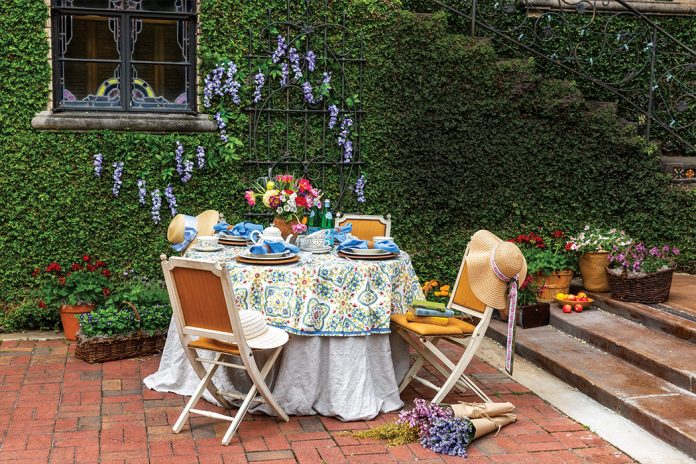
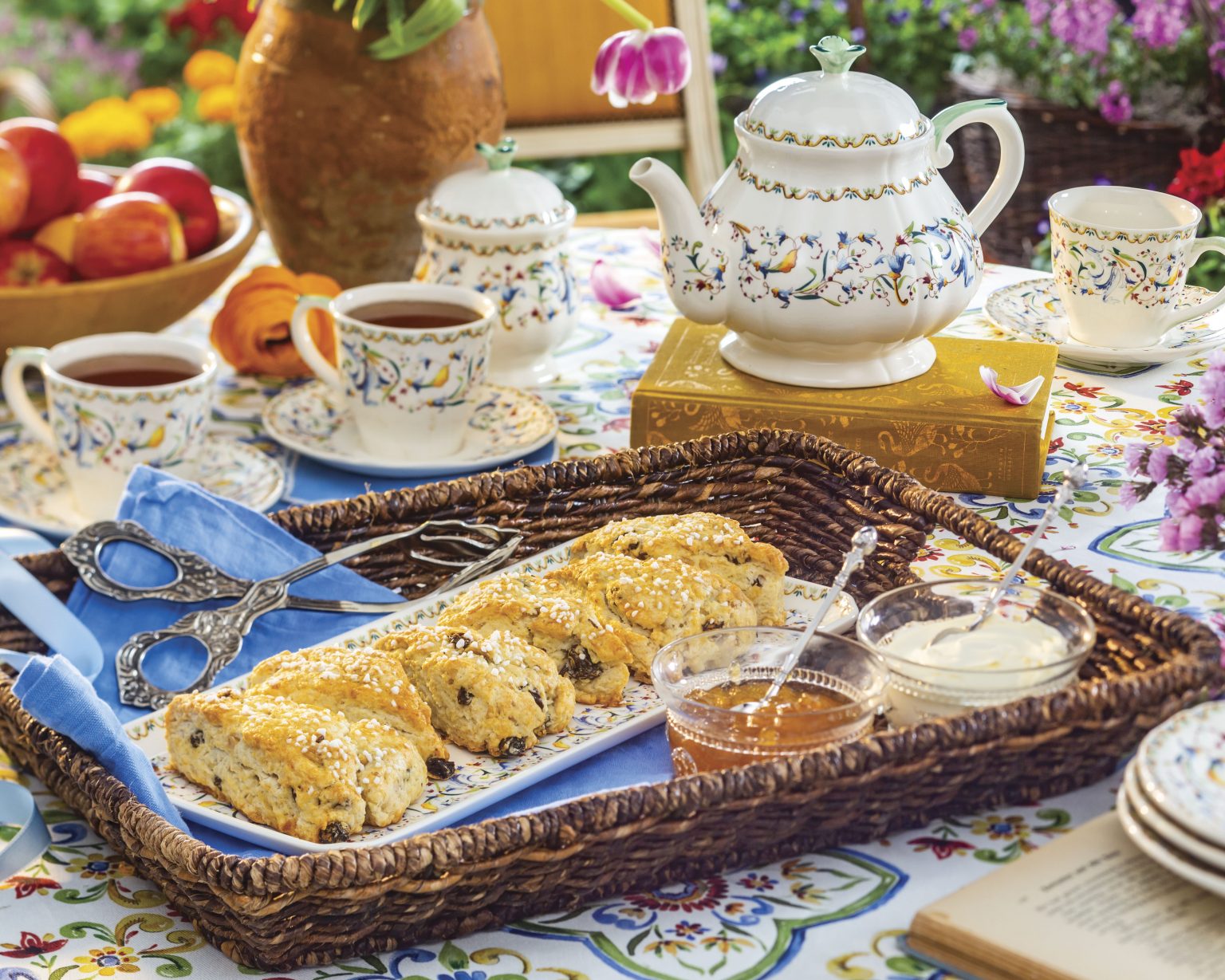
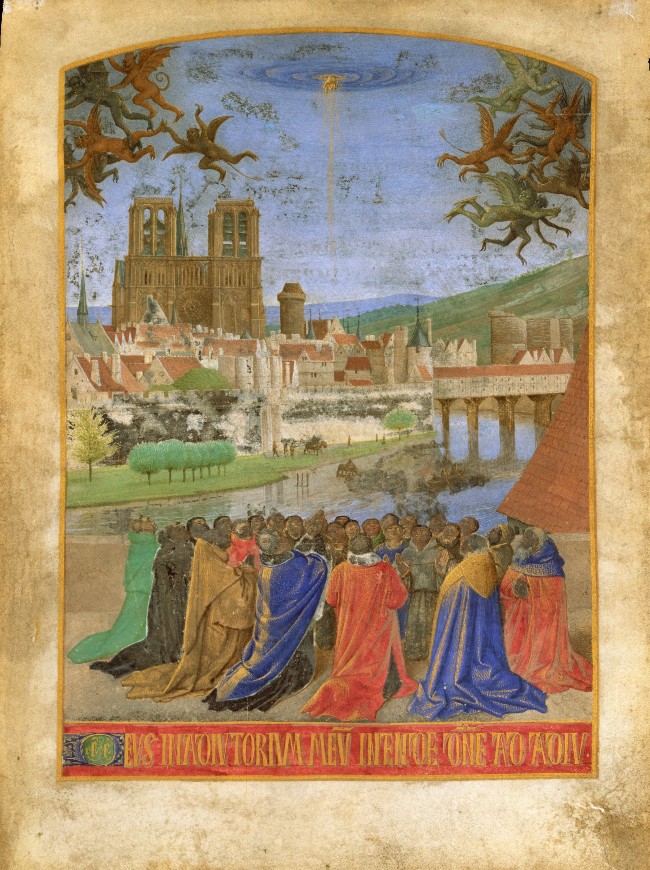
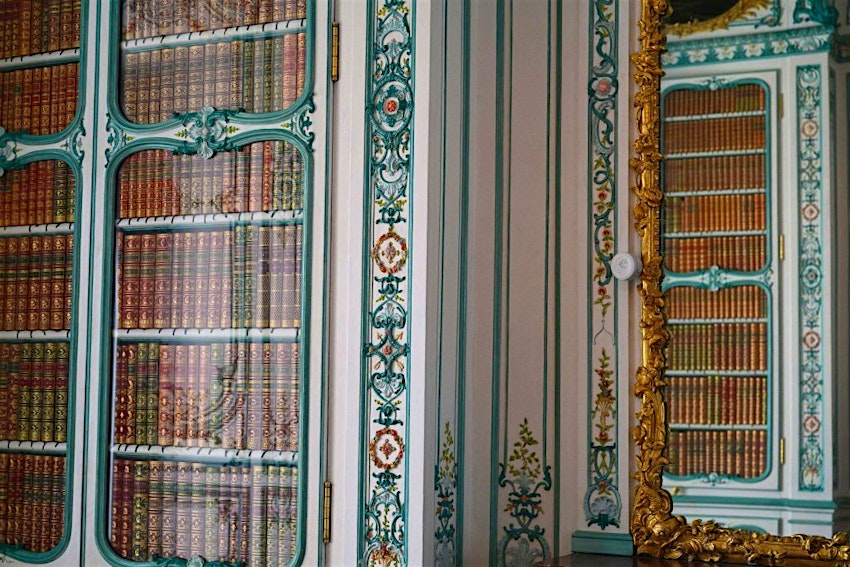







.jpg)




